In this article, we will explore the hypothetical scenario of a fight between a husky vs. mountain lion. While such an encounter is unlikely to happen in real life, it raises interesting questions about the comparative strengths and skills of these animals. We will examine their physical attributes, hunting tactics, and survival instincts to determine which animal might have the upper hand in this imaginary battle.
| Characteristic | Mountain Lion | Husky |
|---|---|---|
| Jumping | 40 feet | 6 feet |
| Speed | 50 miles per hour | 30 miles per hour |
| Claws | Sharp, retractable claws. Able to grip prey | Sharp claws, webbed feet |
| Size | 159 pounds, 7 feet long. | 60 pounds, 23 inches tall |
Overview of a Mountain Lion
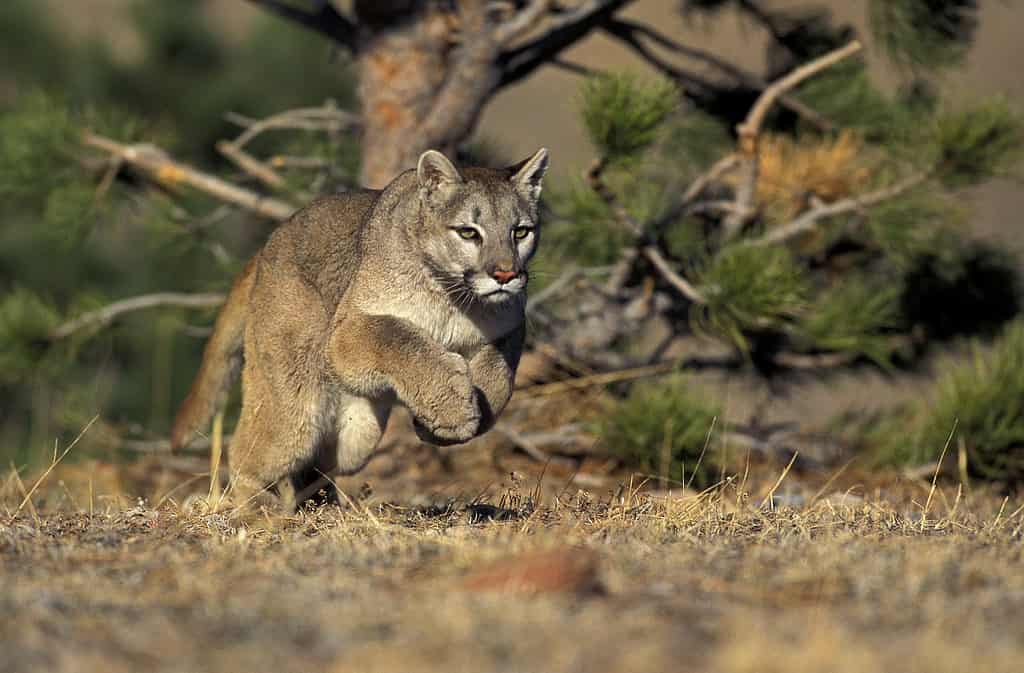
Mountain lions
can reach 50 mph in short bursts.
©iStock.com/slowmotiongli
A mountain lion, also known as a cougar or puma, is a large felid species native to North and South America. They are solitary animals that typically hunt at night and can be found in a variety of habitats, including forests, mountains, deserts, and even urban areas.
Jumping
Mountain lions are known for their exceptional jumping abilities, which allow them to swiftly ambush their prey. These powerful predators can jump up to 40 feet horizontally in a single leap and reach heights of up to 15 feet when leaping vertically. Their muscular hind legs enable them to launch themselves with incredible force, propelling their bodies through the air at great speeds.
As ambush predators, mountain lions use their jumping skills to surprise unsuspecting prey from above. They often hide in trees or other elevated areas where they can observe potential targets before pouncing on them with lightning-fast speed and agility. By using this strategy, they are able to quickly overpower animals much larger than themselves and secure a meal.
Overall, the mountain lion’s impressive jumping ability is an essential part of its hunting toolkit that allows it to thrive in a wide range of environments – from dense forests and rocky terrain to open plains and deserts.
Speed
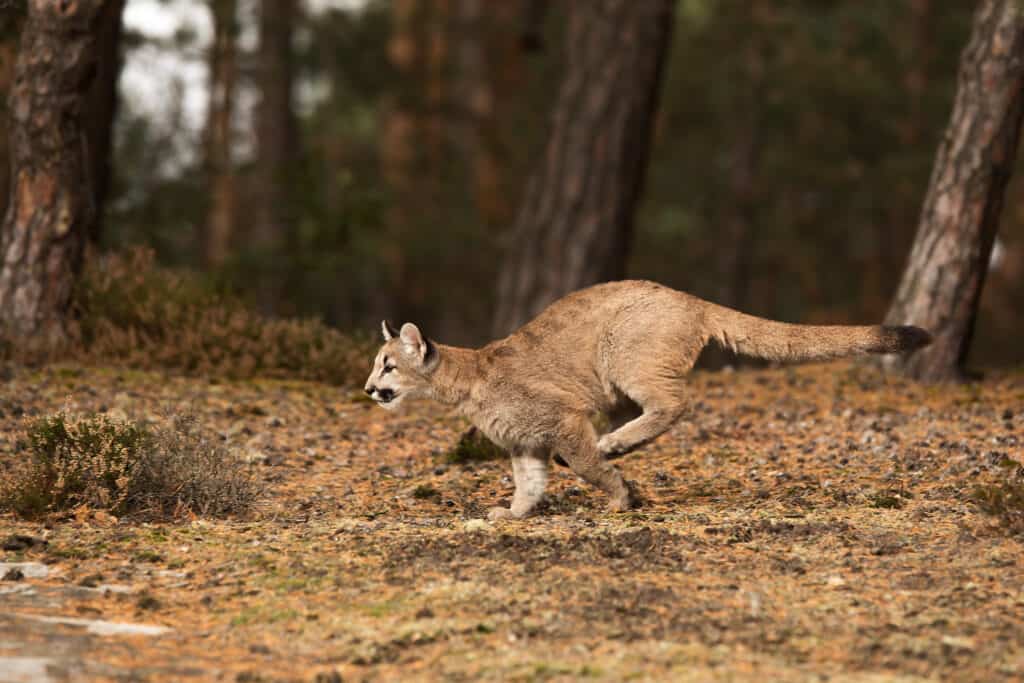
Mountain lions are ambush predators.
©Michal Ninger/Shutterstock.com
Mountain lions are incredibly fast runners and can sprint at speeds of up to 50 miles per hour. They use this impressive speed when hunting their prey, which typically consists of deer and other large animals. Mountain lions rely on their stealth and agility to get close enough to their prey before launching a surprise attack, often using the element of surprise to take down their victim quickly.
When it comes time for the actual chase, mountain lions use their powerful hind legs to propel themselves forward with incredible force. Their long tails help them maintain balance as they navigate through difficult terrain, allowing them to pursue prey over rocks and uneven ground without losing momentum or stability.
Claws
Mountain lions, also known as cougars or pumas, are fierce predators with sharp claws that serve several important purposes in their hunting strategies. These big cats have retractable claws that can be extended when needed to provide maximum grip and traction on different surfaces.
The mountain lion’s front paws have five long, curved claws that are razor-sharp and designed for gripping prey tightly. Their back paws each have four smaller claws used for balance and stability during high-speed chases.
In hunting, the mountain lion uses its powerful legs and muscular body to stalk its prey silently before launching a surprise attack. Once it has caught its target, the cougar will use its front claws to grab onto the animal’s skin while delivering a fatal bite to the neck or throat area.
The mountain lion’s sharp claws also enable it to climb trees with ease, allowing them to ambush unsuspecting prey from above. Additionally, these agile creatures use their retractable claws like cleats when running downhill, giving them an advantage over other animals trying to escape.
Overall, a mountain lion’s razor-sharp claws play a crucial role in both catching prey and defending themselves against potential threats, making them one of nature’s most fearsome hunters.
Size
Mountain lions measure between six and seven feet in length from nose to tail and stand about two to three feet tall at the shoulder. Adult male mountain lions can weigh anywhere from 115-159 pounds, while females tend to be slightly smaller, weighing around 75-120 pounds.
Despite their size, these big cats are incredibly agile and powerful, with muscular bodies designed for quick bursts of speed and stealthy hunting tactics. Their long tails provide balance when chasing prey over rough terrain, while sharp claws and teeth allow them to take down animals much larger than themselves. Overall, the sheer size and strength of a mountain lion make it a formidable opponent in any fight with another animal, including huskies.
Overview of a Husky
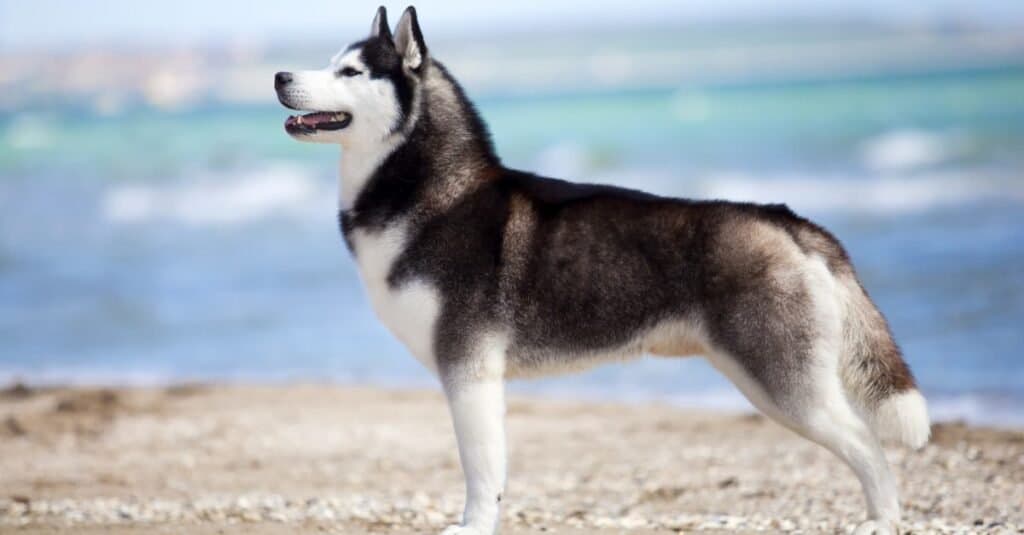
Siberian
Husky dogs were bred to pull sleds and hunt.
©Sbolotova/Shutterstock.com
A husky dog is a medium-sized working breed that originated in Northeast Asia. They were originally bred by the Chukchi people to pull sleds and hunt but have since become popular pets due to their friendly nature and striking appearance. Huskies are known for their thick fur coats, which come in a variety of colors, and their distinctive almond-shaped eyes. They are intelligent, energetic dogs that require regular exercise and socialization to prevent boredom or destructive behavior. Overall, huskies make wonderful companions for those who can provide them with the attention and activity they need.
Jumping
When it comes to jumping, huskies are known for their impressive athleticism and agility. These dogs have powerful hind legs that allow them to leap great distances with ease. On average, a healthy adult husky can jump up to 4 feet in the air from a standing position. However, with a running start, some huskies have been known to clear obstacles as high as 6 or 7 feet!
Their ability to jump is not only useful for clearing fences or other barriers – it also comes in handy when hunting prey. In the wild, huskies could use their jumping skills to catch small animals like rabbits or squirrels.
Speed
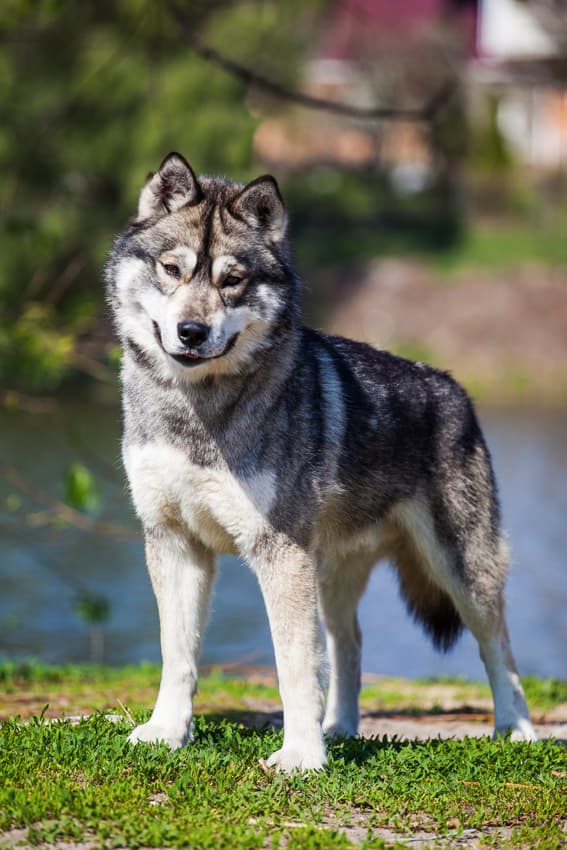
A husky can run at 30 miles per hour in short bursts.
©iStock.com/Ilona Didkovska
The speed of a husky largely depends on various factors such as age, weight, health status, and training. On average, these dogs can run at a pace of 20 miles per hour (32-48 kilometers per hour) for short distances. However, some huskies have been known to reach speeds of up to 30 mph (64 kph), especially when they are trained for racing or other high-intensity activities.
It’s worth noting that the breed has evolved over time to develop incredible endurance and stamina, traits that make them ideal working dogs in cold climates. Therefore, while their top speed may not be as impressive as some other animals, like cheetahs or greyhounds, their ability to maintain high levels of activity over long periods is truly remarkable. Huskies can run 150 miles per day at an average pace of 10 miles per hour. That is very impressive! Overall, the husky’s running abilities are undoubtedly impressive and can come in handy in various situations, from sled-dog racing competitions to hunting expeditions across challenging terrains.
Claws
Huskies are known for their strong and powerful claws, which they use to dig through snow and ice in order to create shelter or find food. These claws are also useful for running on slick surfaces like ice, as they provide traction and prevent slipping. The thick pads on the bottom of a husky’s paws also help with grip and stability.
In addition to being functional tools, the claws of a husky can be quite sharp. Their sharp claws can cause serious damage if used aggressively during a fight or attack.
However, compared to other animals, such as mountain lions or bears, huskies do not have particularly long or sharp claws that would give them an advantage in combat. In fact, their main defense mechanism is their speed and agility rather than physical strength.
Overall, while huskies have impressive claws that serve important functions in their daily lives, they may not necessarily be equipped for success in battles against larger predators due to their lack of specialized weaponry.
Size
Huskies are medium-sized dogs that typically weigh between 35-60 pounds and stand at a height of around 20-23 inches at the shoulder. However, there can be significant variations within the breed, with some huskies weighing as little as 30 pounds while others may reach up to 90 pounds in weight. The average length of a husky is around two feet from nose to tail, but again this can vary depending on the individual dog.
In terms of physical appearance, huskies have a distinctive thick fur coat that helps them withstand cold weather conditions. Their coats come in a range of colors, including black and white, gray and white, red and white, or pure white. They also have erect triangular ears and bright blue eyes, which contribute to their striking appearance.
Overall, Huskies are known for their lean yet muscular build, which allows them to excel in activities such as sledding or racing over long distances. While they may not be the largest breed out there, their agility combined with endurance makes them formidable competitors when it comes to outdoor pursuits.
Husky vs. Mountain Lion: Who Would Win?
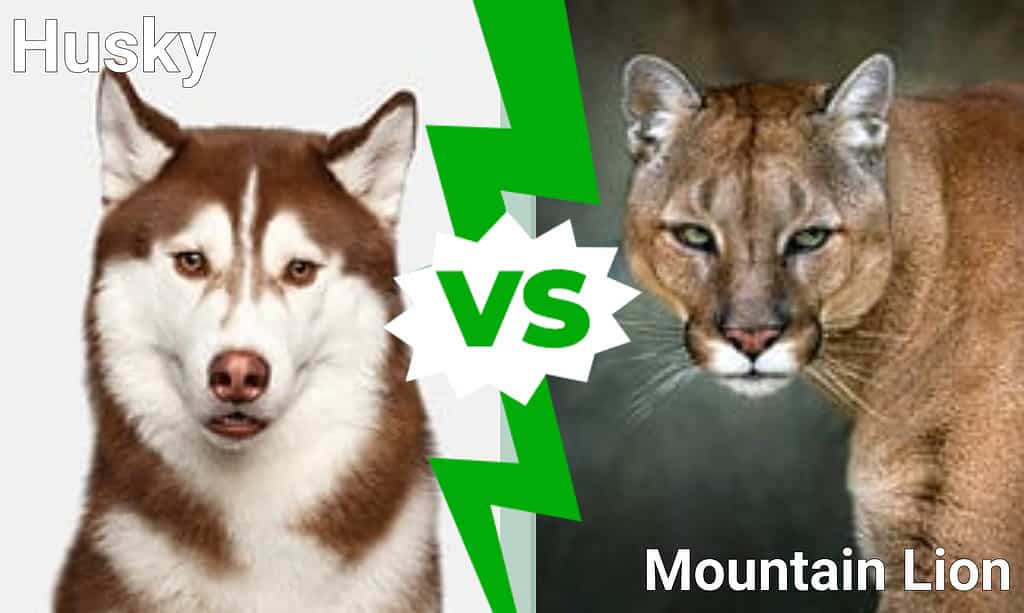
In the wild, animals are often pitted against each other in battles for survival. One such matchup is that of a husky versus a mountain lion, two creatures with vastly different strengths and weaknesses. The outcome of this hypothetical fight would largely depend on the circumstances surrounding it.
On the one hand, if it were just one-on-one between these two animals, the mountain lion would likely emerge victorious. With its sharp claws and incredible jumping ability, it has all the tools necessary to take down even a large dog like a husky. Mountain lions are known for their agility and speed as well, making them formidable opponents when confronted with other predators.
However, if multiple huskies were involved in the fight, things could get interesting. As we’ve seen with wolf packs in the wild who have been known to kill mountain lions on rare occasions – strength in numbers can sometimes be enough to overcome an otherwise superior opponent. If several huskies worked together strategically, they might stand a chance at taking down a single mountain lion.
Of course, these scenarios are purely hypothetical and should not encourage any sort of animal fighting or cruelty towards either species involved. It’s important to remember that all animals play vital roles in their respective ecosystems and deserve our respect and protection as living beings sharing this planet with us humans.
The photo featured at the top of this post is ©
Ready to discover the top 10 cutest dog breeds in the entire world?
How about the fastest dogs, the largest dogs and those that are -- quite frankly -- just the kindest dogs on the planet? Each day, AZ Animals sends out lists just like this to our thousands of email subscribers. And the best part? It's FREE. Join today by entering your email below.
Thank you for reading! Have some feedback for us? Contact the AZ Animals editorial team.







